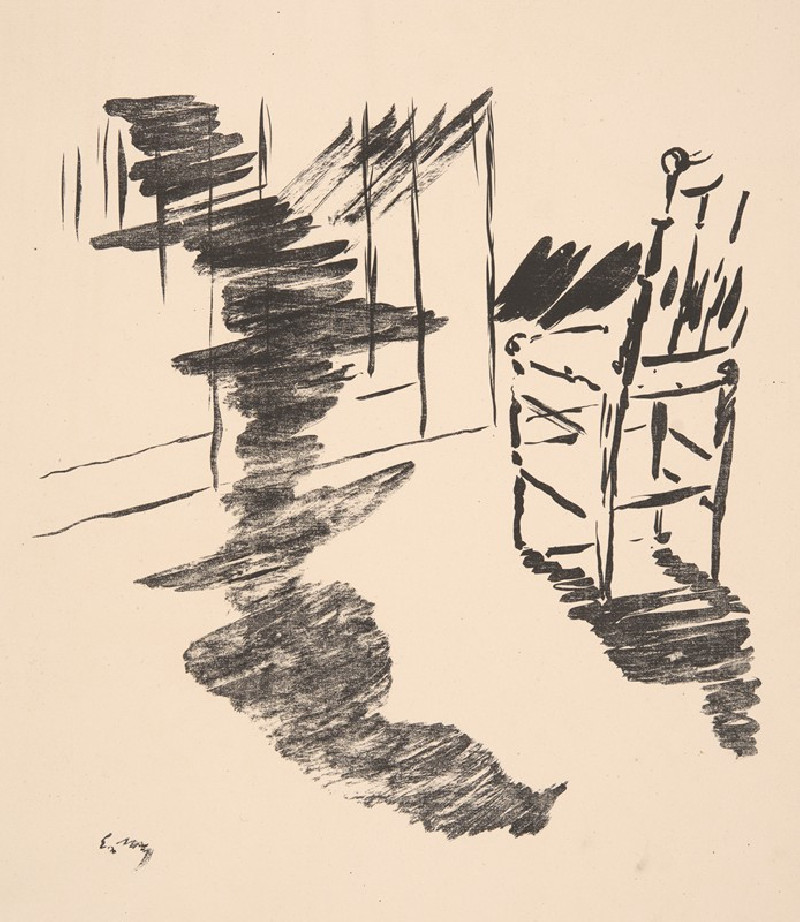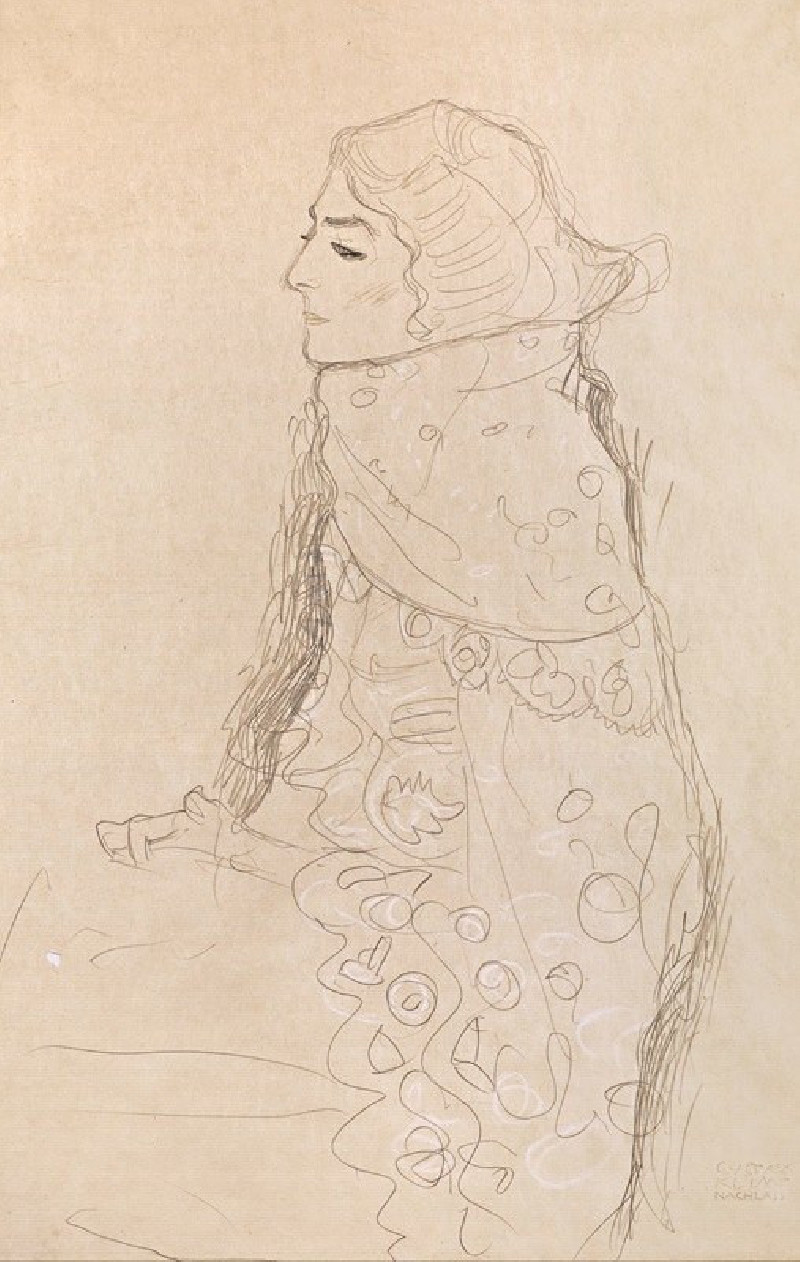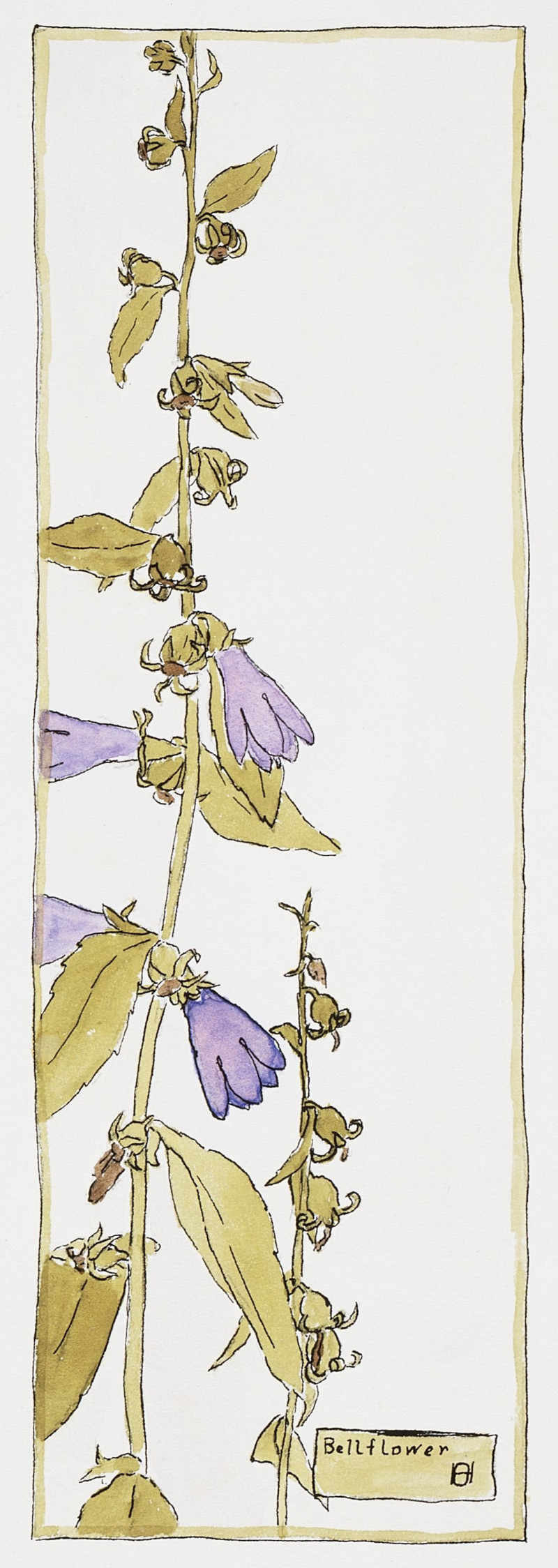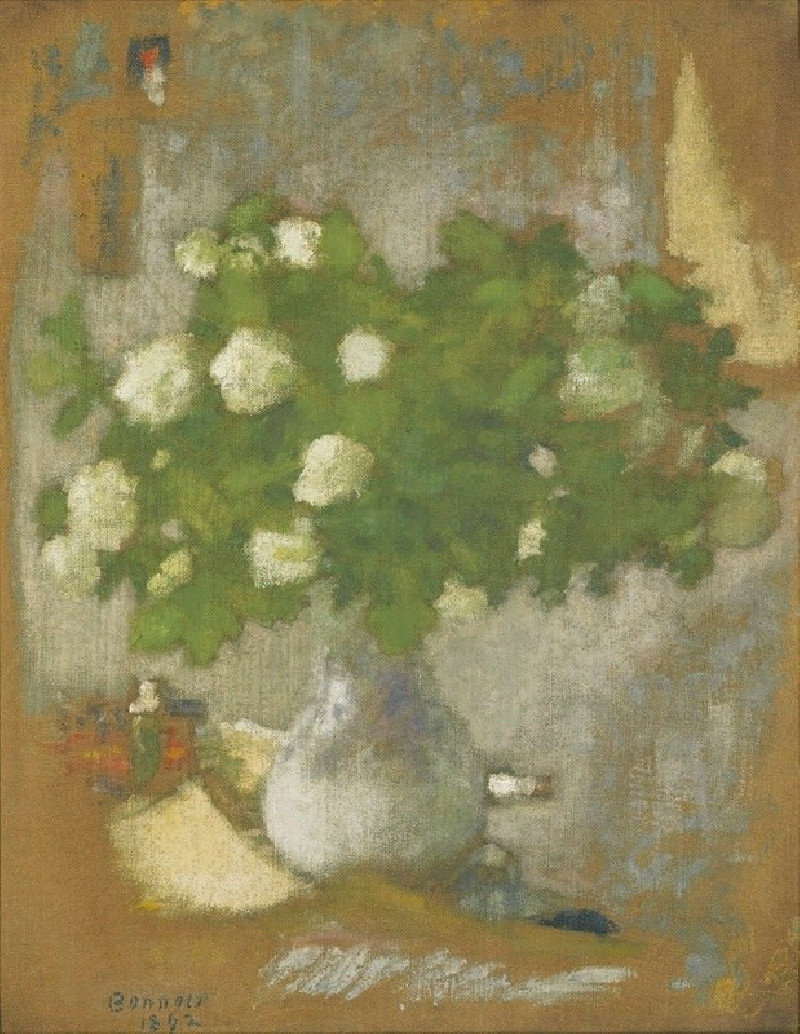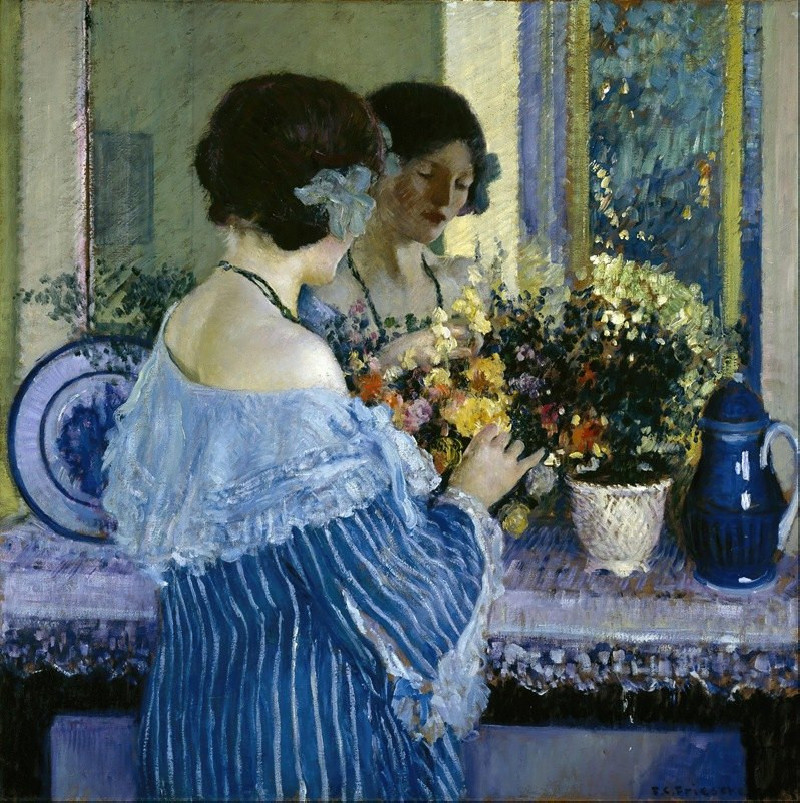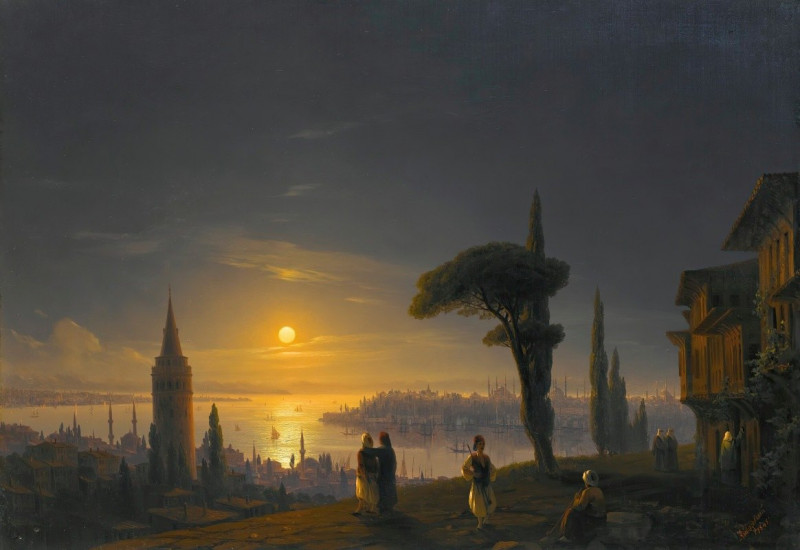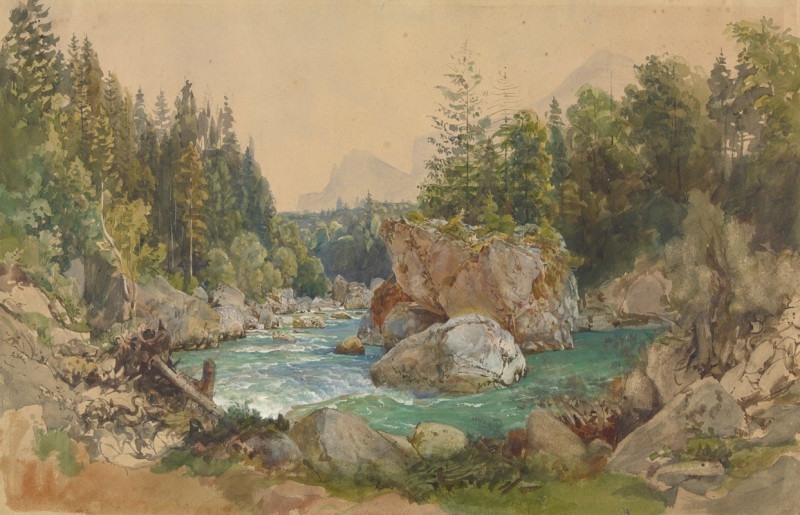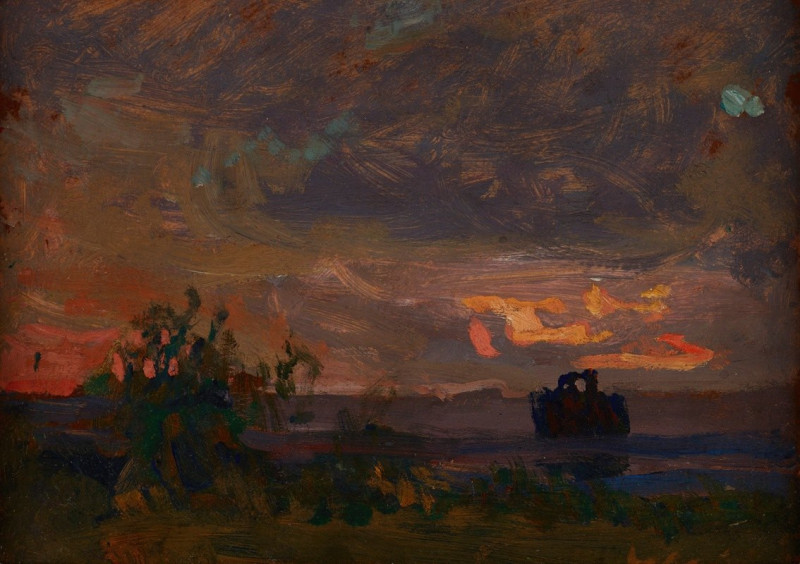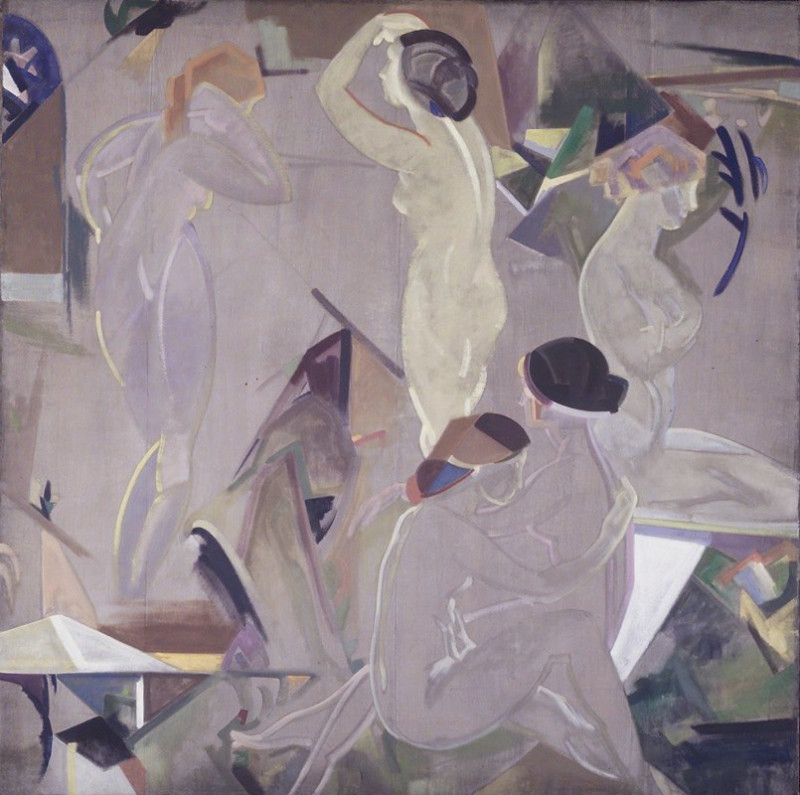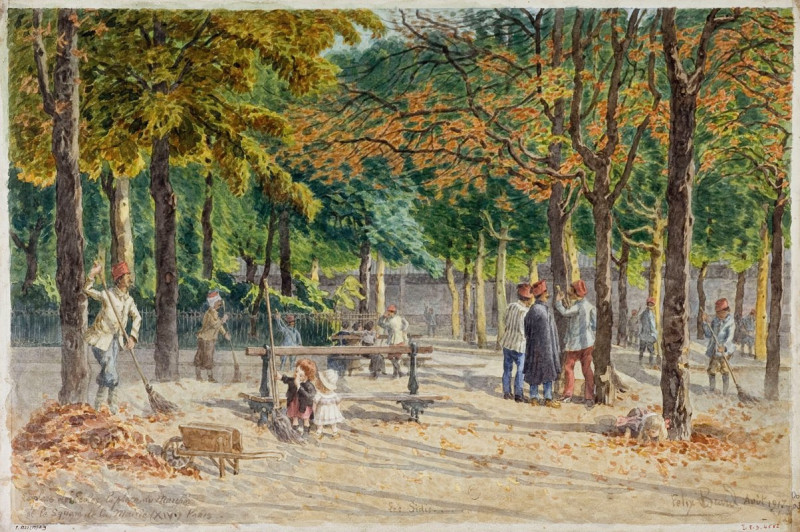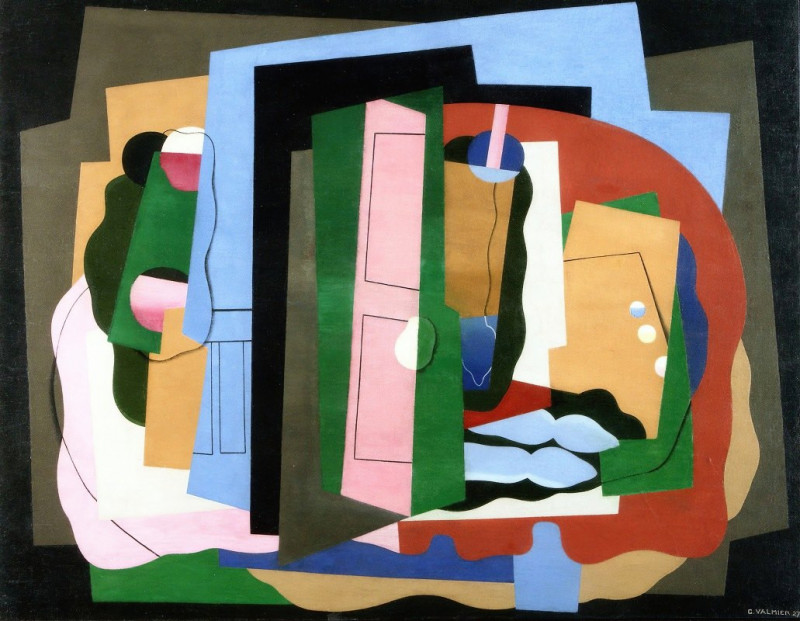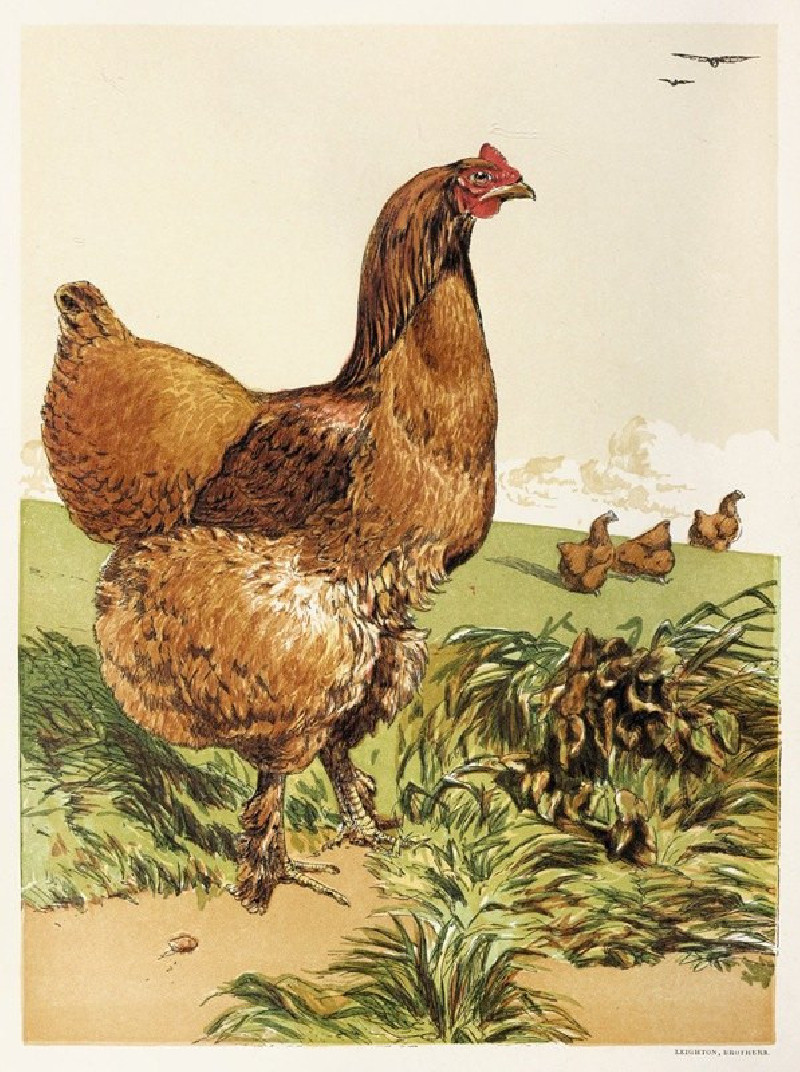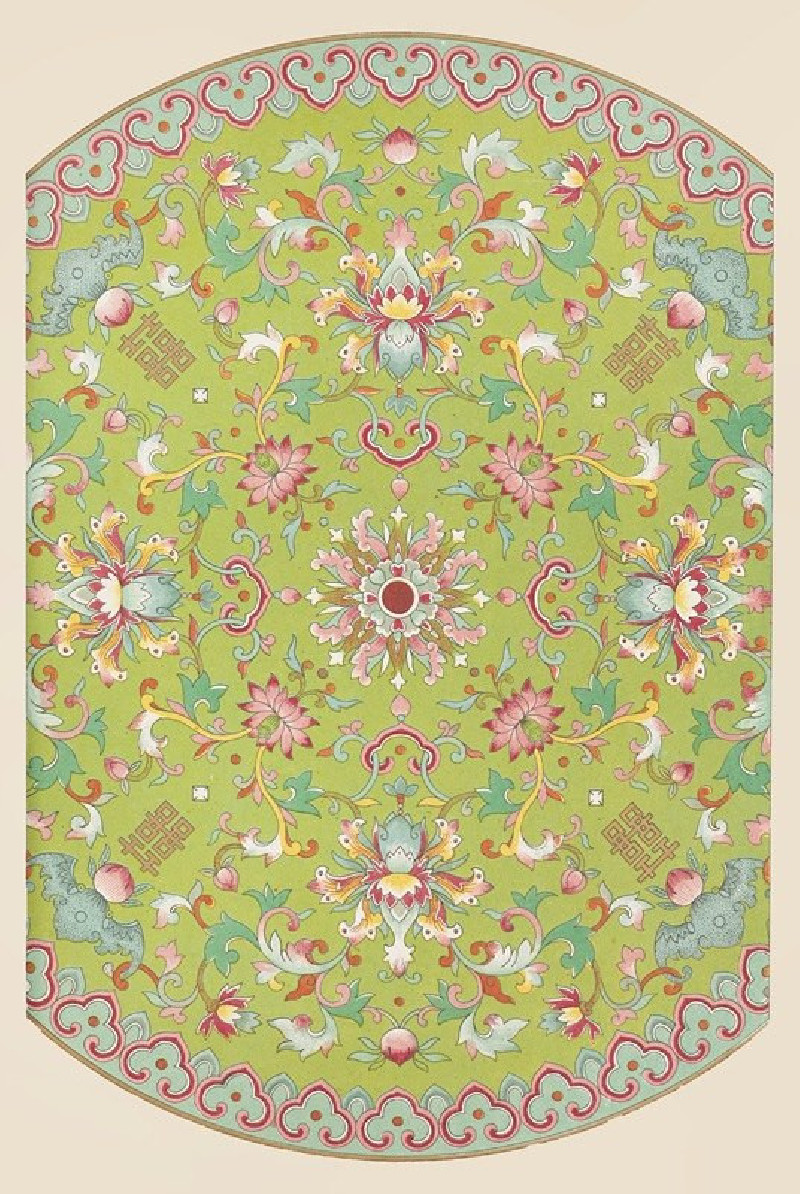The Shadow That Lies Floating on the Floor (1875)
Technique: Giclée quality print
Recommended by our customers
More about this artwork
Édouard Manet's striking composition, "The Shadow That Lies Floating on the Floor," invites viewers into a world of abstract interpretation and profound simplicity. Created in 1875, this artwork employs minimalistic brushstrokes to evoke a scene that balances on the edge between the recognizable and the enigmatic.The painting prominently features amorphous black shadows that spread across a plain surface, perhaps suggestive of a floor. These shadowy figures dominate the canvas, their forms both stark and fluid, hinting at the subtle interplay of light and darkness. To the right, a simplified representation of a vertical structure, possibly a door or window, adds to the spatial dynamics of the composition, juxtaposing the horizontal expanse of the shadows.Manet's adept use of contrast and his sparing yet bold strokes create a dynamic that is as intriguing as it is stark. This piece, from its title to its execution, explores the literal and metaphoric implications of shadows, suggesting themes of presence, absence, and the transient nature of reality. "The Shadow That Lies Floating on the Floor" is a testament to Manet's innovative spirit, showcasing his ability to convey profound concepts through remarkably restrained means.
Delivery
Returns
Édouard Manet (1832–1883) was a French modernist painter and one of the first 19th century artists to paint modern life. His impressionist style is characterized by relatively small and thin brushstrokes that create emphasis on light depiction. Manet was one of the key artists in the transition from realism to impressionism, along with Claude Monet, Edgar Degas, and Pierre-Auguste Renoir. However, he resisted involvement in any one specific style of painting, and only presented his work to the Salon of Paris instead of impressionist exhibitions. His early masterworks, The Luncheon on the Grass and Olympia, created great controversy and served as a rallying point for other young painters.

